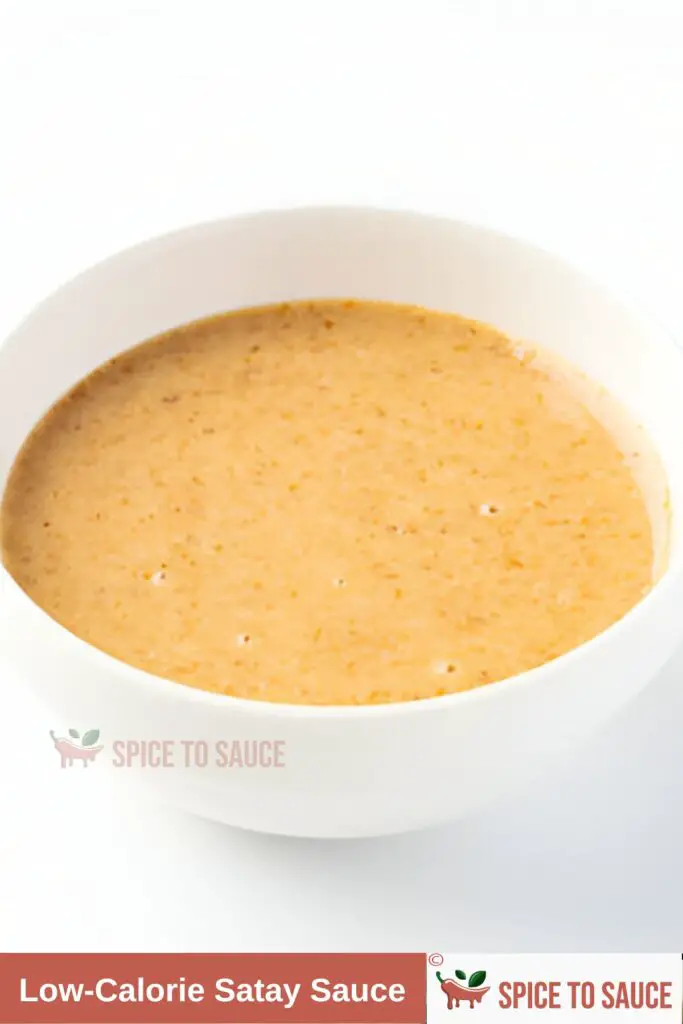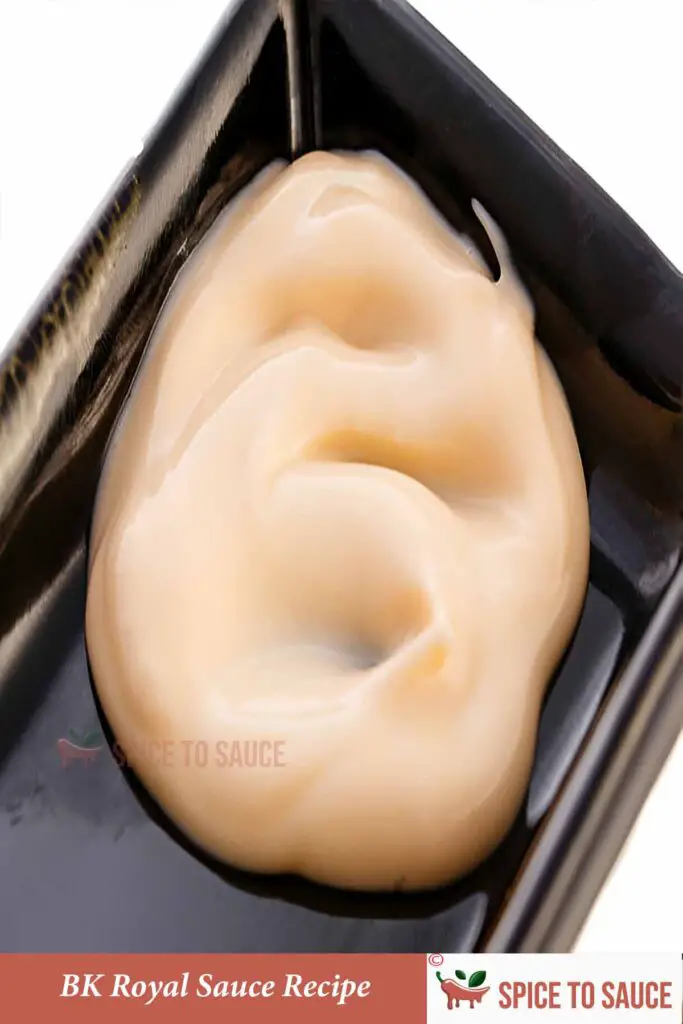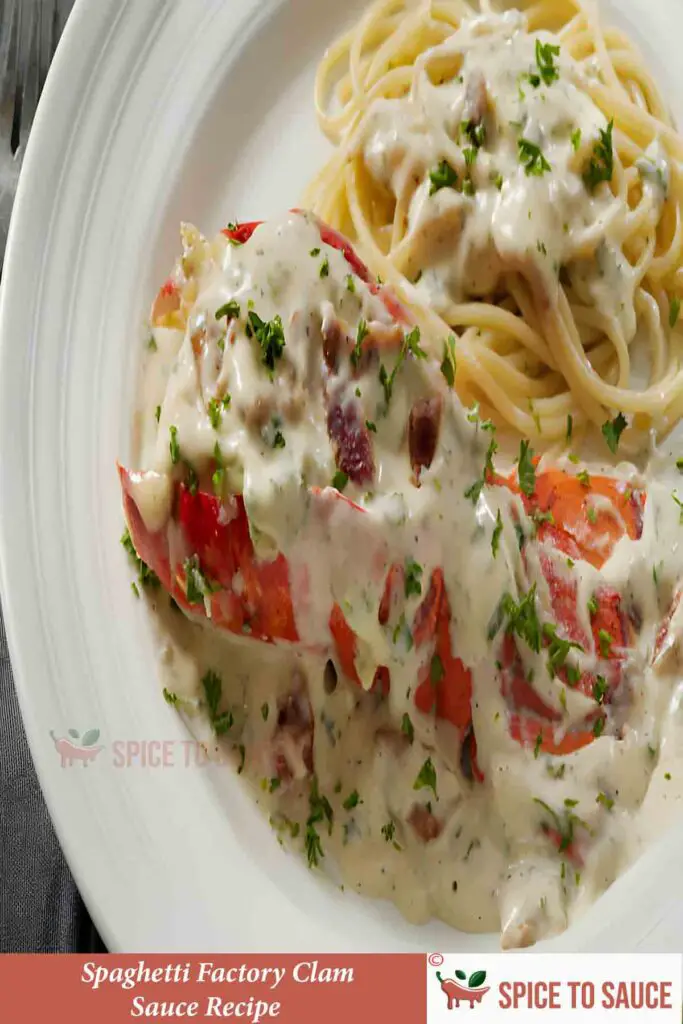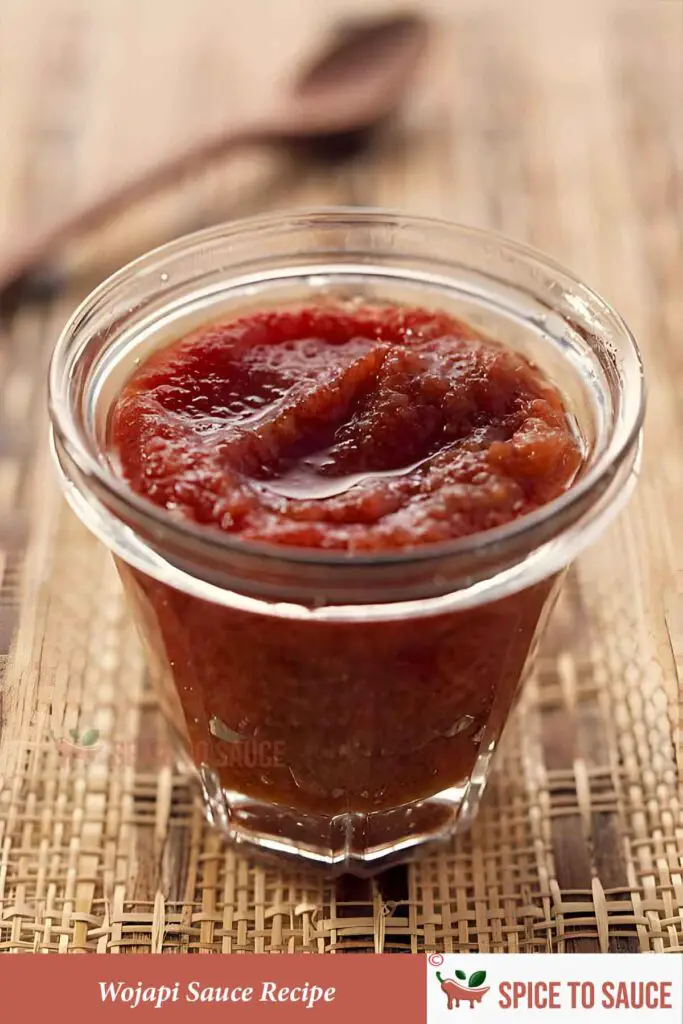I have a thing for satay sauce. I’ve poured it over grilled chicken, dunked spring rolls into it, even drizzled it on rice bowls just to make leftovers exciting. But here’s the catch: most traditional versions are loaded with full-fat coconut milk and sugar. They might be delicious, but not exactly “light”.
So, what if we have a satay sauce with all the flavors but without any high-calorie issues? I have found a solution for making a low-carb satay sauce recipe at home. Let’s dive into the recipe now.

What Is Satay Sauce?
Satay sauce is a traditional Southeast Asian condiment that’s famous for pairing with grilled meat and especially chicken satay. It is a peanut-based sauce that combines all the flavors someone would prefer.
Its basic ingredients are peanut butter or ground peanuts, coconut milk for creaminess, soy sauce for saltiness, and sugar for sweetness, and the chili will give you that essential kick.
How to Make Low-Calorie Satay Sauce at Home
If you switch to a low-calorie version, you may enjoy all those delicious flavors without feeling like you’re going against your healthy eating goals. I love making this lighter sauce because it fits into a balanced lifestyle, helps with meal prep, and is versatile. Plus, it’s customizable! Whether you want it spicier, sweeter, or thicker, you can tweak it easily.
So, let’s talk in detail about this secret low-calorie recipe that nobody will tell you.
Ingredients You Need
Peanut Butter or Peanut Powder
Peanut butter is the soul of satay sauce. Using ¼ cup of natural peanut butter without added sugar or oils keeps it healthier.
NB: Peanut powder is a fantastic alternative if you want to cut calories further. It tastes like peanuts but has a lot less fat.
Low-Sodium Soy Sauce
Adding two teaspoons of low-sodium soy sauce gives the dish more flavor and saltiness.
The reason to use low-sodium soy sauce is that it helps keep the salt levels in check without making the food taste awful.
Light coconut milk or Almond Milk
Traditional satay sauce contains full-fat coconut milk, is creamy, and is high in calories. You can get that creamy texture with less fat and fewer calories by using a spoonful of light almond milk. Almond milk also gives a hint of nuttiness that goes well with the peanuts.
NB: For authentic flavour, you can use light coconut milk.
Fresh Garlic and Ginger
These fresh ingredients make the sauce brighter and provide a little zing. A teaspoon of ginger and a minced garlic clove are two important spices that give this sauce a lively and bright flavour.
Lime Juice
Just a squeeze of lime juice brightens the sauce and balances the richness of the peanut butter.
Sugar-Free Sweetener
I use a teaspoon of natural sweeteners like stevia or monk fruit instead of regular sugar. Add a little sweetness without adding calories or raising blood sugar.
Chili Flakes (Optional)
Chili flakes or sriracha. Add a little heat if you like your sauce spicy. You can adjust the spice level to your preference.
NB: Add this item according to your taste.
Step-by-Step Guide
Step 1: Mix the base
Put natural peanut butter or peanut powder with low-sodium soy sauce and light coconut or almond milk into a bowl. Then, stir them until they are smooth.
Step 2: Add Aromatics
Then add grated ginger, lime juice, and garlic to the smooth paste.
Step 3: Heat It Up
After that, add chili flakes or a little sriracha to make it hotter if you want it spicy.
Step 4: Texture Adjustment
Remember, you have to add almond milk gradually to adjust the consistency. If you want dipping sauce, it should be thicker, and make it thinner for drizzling.
Step 5: Sweeten
Since we have adjusted the texture, let’s make it sweeter. In this case, we will use stevia as a sugar-free sweetener. However, you can use anything you like; if it is sweet but sugar-free, that will work.
Serving Suggestion
This sauce is incredibly versatile. Here are some of my favourite ways to enjoy it:
Classic Grilled Chicken Satay: Marinate chicken skewers in a bit of this sauce before grilling, then serve with extra on the side for dipping. The peanut flavor soaks into the chicken beautifully.
Vegan Tofu Satay: If you want to keep it plant-based, toss firm tofu cubes in this sauce before grilling or baking. It gives the tofu a rich, nutty flavor that’s delicious
Dip for Fresh Veggies: Serve as a healthy dip with cucumber slices, carrot sticks, bell peppers, or even snap peas. It’s a wonderful way to get your veggies in with extra flavor.
Salad Dressing: Just drizzle over salads for a creamy, nutty dressing and see the magic.
Noodle or Rice Bowl Sauce: Drizzle over rice bowls or cold noodle salads to boost flavor and creaminess.
Pro Tips:
- Like things hotter? Add more chili flakes, a splash of hot sauce, or fresh chopped chilies.
- Make this sauce because it tastes even better after sitting in the fridge overnight. Make a batch on Sunday and enjoy it all week!
- Keep it in an airtight container in the fridge for up to a week.
- For a thicker sauce, reduce the liquid. For a thinner dressing, add a little extra milk or lime juice.
- Everyone’s taste buds are different, so don’t hesitate to adjust the sweetness to your liking.

Low-Calorie Satay Sauce
Ingredients
- 1/4 Cup Peanut Powder
- 1 Tbsp Warm Almond Milk or Light Coconut Milk
- 2 Tbsp Low Sodium Soy Sauce
- 1 Tbsp Lime Juice
- 1 Clove Garlic Grated
- 1 Tsp Fresh Ginger Grated
- 2 Tsp Stevia or Monk Fruit
- 1/2-1 Tsp Chili Flakes or Sriracha Optional
Instructions
- Add peanut powder, garlic, and ginger to a mixing bowl.
- Pour in almond or coconut milk a little at a time, whisking constantly.
- Add soy sauce, lime juice, sweetener, and chili if using.
- Whisk until smooth and creamy.
- Taste and adjust flavor.
- Refrigerate before serving or store for later.
Nutrition
Final Verdict
So far, this is the satay sauce that is low in calories, so you can enjoy all that rich, nutty flavor without the extra calories. It’s simple to make, you can change it to suit your tastes, and it goes with many dishes. This healthier version of the sauce will satisfy your cravings and help you stay on track with your goals. Give it a try; your taste buds and waistline will thank you.
FAQ’s
Is Satay Sauce Traditionally Vegan?
Yes, most traditional satay sauces are vegan since they omit dairy. However, recipes vary, so always check or make your own to be sure.
Can I Make This Sauce Nut-free?
Although satay sauce is peanut-based, you can try sunflower seed butter or tahini as substitutes, though the flavor will be different.
How Do I Store Leftover Sauce?
Store it in an airtight container in the fridge. It keeps well for about a week.
Can I Freeze Satay Sauce?
Freezing is possible, but it might change the texture. I recommend keeping it refrigerated and using it within a week.




